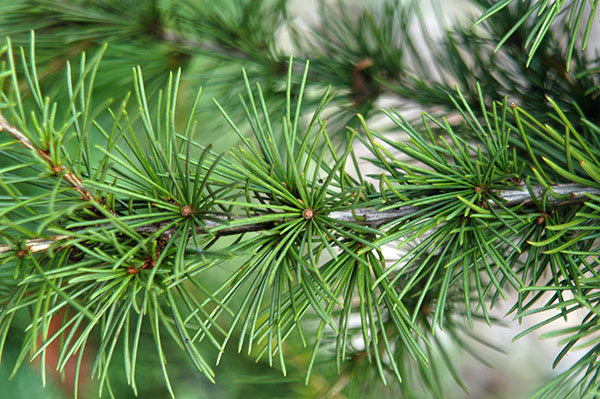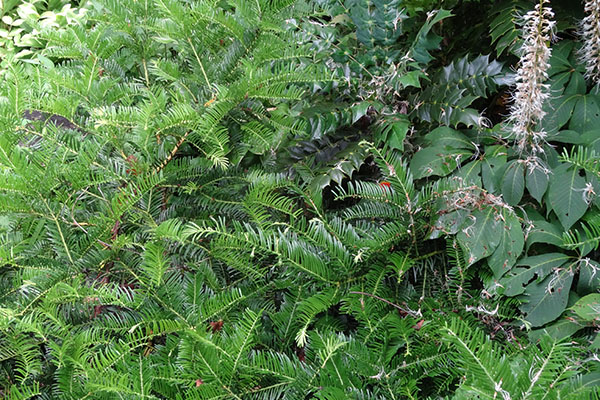Celtis occidentalis
Common Hackberry
Central to southeast U.S. in river valleys and rich, upland slopes.
Round-headed to irregular; lower branches drooping. Moderate growth rate.
Full sun in rich, moist soils; adaptable to many soils and adverse conditions. Well-suited to midwestern U.S. growing conditions
Tolerant of urban growing conditions; easily transplanted.
Alternate, simple, 2 to 5 inch long, ovate to oblong, margins serrate except at base. Oblique (uneven) base.
Buds are chestnut-brown, .25 inches long.
Twig is lenticelled and has a chambered pitch. Gray-brown trunk and older branches develop corky ridges which can be warty.
Insignificant, in mid spring.
Drupe .25 inches long with distinctive datelike flavor when carefully chewed. (Avoid the one hard seed.)
Seed.
'Prairie Pride' - Glossy-green foliage, compact crown. Does not develop whitches broom.
Related species: C. sinensis - Japanese Hackberry promises to be a disease-and insect-free alternative to this sometimes troublesome species. Under evaluation at the Morris Arboretum.






